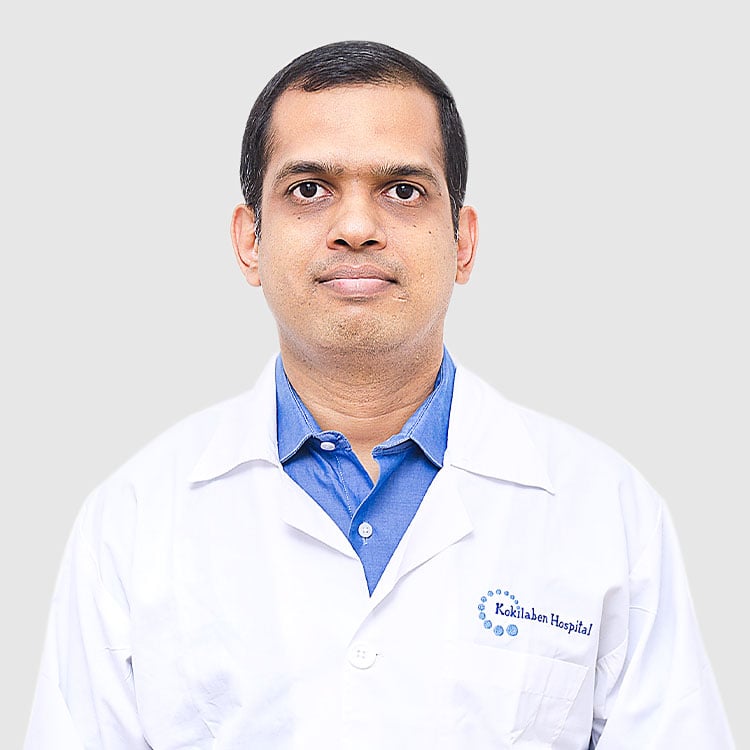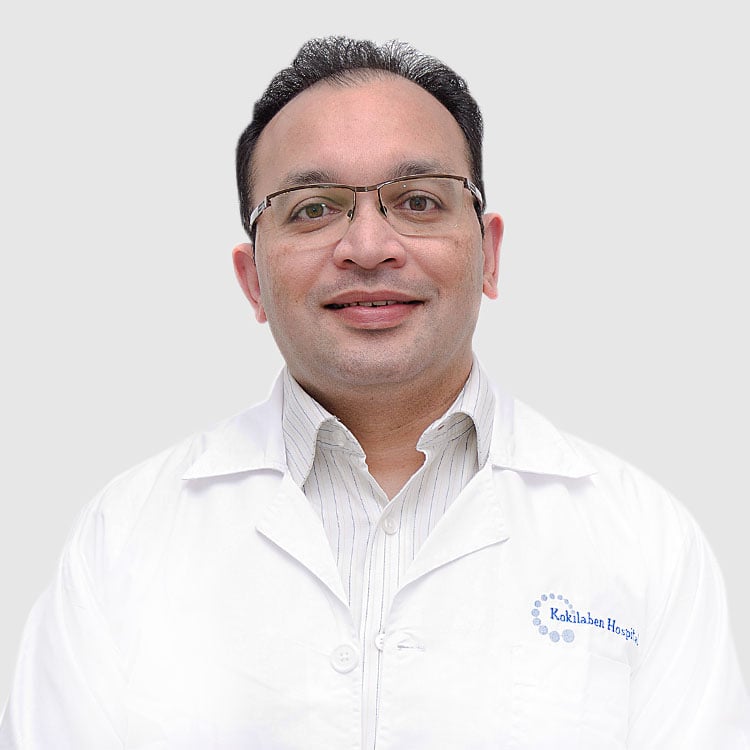Leukeamia is a type of cancer that affects the blood and bone marrow. Normally all blood cells are produced by the bone marrow (the spongy area in the middle of bones) in a controlled fashion. All leukaemias have in common property that the leukaemia cells are abnormal and do not respond to normal control mechanisms. Large numbers of leukaemia cells build up as they multiply or because they live much longer than normal cells, or both. With many leukaemia cells in the bone marrow, they spill out into the bloodstream.
If you develop leukaemia it is important to know exactly what type it is. This is because the outlook (prognosis) and treatments vary for the different types.
Each main type of leukaemia is named according to the type of cell that is affected (a myeloid cell or a lymphoid cell) and whether the disease begins in mature or immature cells. People can get leukeamia at any age. It is most common in people over age 60. The most common types in adults are AML and CLL. ALL is the most common form of leukaemia in children.
In most cases of leukaemia, the reason why a cell becomes abnormal is not known. There are certain risk factors which increase the chance that certain leukaemia will develop, but these only account for a small number of cases. Risk factors for some types of leukaemia include:
As large numbers of abnormal blood cells are made, much of the bone marrow fills with these abnormal cells. Because of this, it is difficult for normal cells in the bone marrow to survive and produce enough normal mature blood cells. Also, the abnormal cells spill out into the bloodstream.
Therefore, the main problems which can develop include:
Also, there are a reduced number of normal white blood cells which usually combat infection. Therefore, serious infections are more likely to develop. Depending on the type and site of infection which develops, the symptoms can vary greatly.
The time taken to develop these symptoms after the disease starts varies. Typically, it is within weeks for ALL or AML. It may take months or years for symptoms to develop with CLL or CML as these leukaemias progress slowly.
Most cases arise without a known cause. However, some known risk factors are:
A CBC (Complete Blood Count) is used to diagnose leukaemia. This blood test may show high or low levels of white cells and show leukaemia cells in the blood. Sometimes, platelet counts and red cell counts are low.
Bone marrow tests (aspiration and biopsy) are often done to confirm the diagnosis and to look for chromosome abnormalities. These tests identify the leukaemia cell-type. For this test a small amount of bone marrow is removed by inserting a needle into the pelvis bone. Local anaesthetic is used to numb the area. A small sample of bone may also be taken.
Lumbar puncture is a test to collect a small amount of fluid from around the spinal cord, i.e., Cerebrospinal Fluid (CSF). It is done by inserting a needle between the vertebrae in the lower (lumbar) region of the back. By examining the fluid for leukaemia cells, it helps to find out if the leukaemia has spread to the brain and spinal cord. This is mainly done when assessing ALL and sometimes AML.
It is important to get medical care at a centre where doctors (Haematologist) are experienced in treating patients with leukaemia. The aim of leukaemia treatment is to bring about a complete remission. This means that after treatment, there is no sign of the disease and the patient returns to good health.
The treatment advised depends on the exact type of leukaemia, and the stage it is at. For example, ALL/AML is usually treated as soon as possible with intensive chemotherapy. On the other hand, people in the early stages of CLL may not need any treatment. This is because CLL often progresses very slowly and may not need treatment for several years.
CAR T-cell - Chimeric Antigen Receptor T-cell therapy is a revolutionary type of immunotherapy that promises to treat specific advanced blood cancers that have proven resistant to conventional treatments such as chemotherapy. It is specifically developed for each individual patient and works by reprogramming the patient’s own immune system cells to target the cancer. Known as T cells or T lymphocytes, these immune cells typically safeguard the body against infections and contribute to the elimination of cancerous cells.
Until recently, this therapy was available only in the United States, a few European countries, Israel and China. Recently, the Central Drugs Control Standard Organisation (CDSCO) has granted market authorisation to India’s first indigenously developed CAR-T cell product. The domestically produced Chimeric Antigen Receptor (CAR) T-cell therapy, offers renewed hope to cancer patients in India suffering from relapsed B-cell lymphomas or leukemias, particularly those who have undergone all available conventional treatments.
CAR T-cell therapy is form of personalized cancer treatment, and Dr. Tulpule highlights the several steps involved in the process. The first step is collecting the patient’s own T cells. This is performed through a procedure known as apheresis, the patient's blood is directed through a machine that isolates the T cells. These T cells undergo genetic modification in a laboratory by introducing a CAR to transform them into potent cancer-killing cells. These are then allowed to multiply and grow. Following a few days of preparative treatment, during which the cells multiply, they are infused back into the patient. After the treatment, patients undergo monitoring for approximately 10-12 days to detect any adverse effects. Upon discharge, patients receive close follow-ups, adhering to standard precautions similar to those during chemotherapy.
Moreover, patients in India would benefit from this cutting-edge treatment for blood cancer with almost one-tenth of the cost abroad. Kokilaben Dhirubhai Ambani Hospital has always been at the forefront in offering the latest cutting edge treatments. This treatment would be offered to patients at the hospital and would mark a significant stride in tailored cancer care for individuals with these blood cancers.
Treatment for patients with acute leukaemia may include chemotherapy, stem cell transplantation. In these patients, treatment need to start soon after diagnosis.
Usually, treatment is begun with chemotherapy, which is often given in the hospital. The first part of treatment is called induction therapy. More inpatient treatment is usually needed even after a patient is in remission. This is called post-remission therapy and consists of consolidation (intensification) therapy, and in some cases, maintenance therapy. This part of treatment may include chemotherapy with or without stem cell transplantation (sometimes called bone marrow transplantation).
Patients with CML need treatment soon after diagnosis which is oral chemotherapy on outpatient basis. There are three drugs approved for newly diagnosed patients. These drugs are imatinib, dasatinib and nilitinib. Allogeneic Stem Cell Transplantation is another treatment option that is only done if CML is not responding as expected to the drug therapy.
Some CLL patients do not need treatment for long periods of time after diagnosis, sometimes called watch and wait. Patients who need treatment may receive chemotherapy or monoclonal antibody therapy alone or in combination. Allogeneic stem cell transplantation is a treatment option for certain patients, but usually not as the first choice of therapy.
Patients react to treatments in different ways. Usually they have mild side effects. Many treatment side effects go away when treatment ends or becomes less noticeable over time. Most can be handled without the need to stop the drug. Other side effects may be serious and lasting.
Common side effects may include:
Allogenic Haematopoietic Stem Cell Transplant, where stem cells are taken from HLA matched donor, is offered first line as consolidation in intermediate & high risk patient. AML patient and high risk ALL patients. It is also best treatment for any relapsed leukaemia. CML patient who progressed or presented in higher stage is also a candidate for allogenic bone marrow transplant. Some of the young CLL patients or those with resistant or high risk CLL are also offered treatment with Stem Cell Transplant.
The outlook varies for each of the different leukaemias. However, the overall outlook may be better than many people imagine. For example, the outlook for ALL has greatly improved over the last 20 years or so. Most children with ALL (about 7-8 in 10 cases) can be cured. Also, the chronic leukaemias (CLL and CML) often progress slowly - often over several years. Even in those cases which are not cured, treatment with chemotherapy and other treatments can often prolong survival for quite some time.
It is important to get medical care at a centre where doctors (Haemato-oncologists) are experienced in treating patients with leukaemia. The aim of leukaemia treatment is to bring about a complete remission. This means that after treatment, there is no sign of the disease and the patient returns to good health.
The treatment advised depends on the exact type of leukaemia, and the stage it is at. Some common blood cancer treatments include:
In properly treated cases at high volume institution like Kokilaben Hospital, the outcome is excellent.
| For ALL (Leukaemia) in children | Above 95 per cent |
Blood Cancer treatment may lead to several side effects. Below given are few tips to deal with them:
Reduced Intensity Conditioning Peripheral Blood Stem Cell Transplant
Background and diagnosis : A 50 year-old man was diagnosed with acute myeloid leukaemia. He required a haematopoietic stem cell transplant. His sister was a matched donor but owing to his age and associated respiratory problems, he was not fit for conventional bone marrow transplant with high-dose chemotherapy. He required a reduced dose of chemotherapy to prevent complications.
Treatment : When the patient came to us for a reduced intensity conditioning (RIC) peripheral blood stem cell transplant (bone marrow transplant), we ensured he was successfully engrafted with new stem cells without the excessive side-effects of heavy chemotherapy. The donor received four days of simple and safe G-CSF injections and the stem cells were filtered out by aphaeresis procedure. Later, these stem cells were infused into the patient on the same day. The blood counts increased and were normal by the 15th day of the engraftment.
Outcome : The patient was discharged after 21 days of stay in our bone marrow transplant unit.
Follow up care is important with all forms of leukaemia because, even if the disease recurs, curative options are still available for many people. AML, ALL, CML and CLL patients who are in remission need to see their doctors regularly for exams and blood tests. Bone marrow tests may be needed from time to time. The doctor may recommend longer periods of time between follow-up visits if a patient continues to be disease free. Each type of leukaemia may be followed differently. Speak to your doctor to find the best care plan for you.

Medical Oncology, Immuno-Oncology, Hemato-Oncology, Precision Medicine

Cancer/Haemato-oncology, Transplant/Bone Marrow Transplant, Clinical Haematology, Regenerative Medicine
Bone marrow transplantation- Autologous and allogeneic stem cell transplantation, including haploidentical transplants; Treatment of Multiple Myeloma, Leukemias and Lymphomas – including targeted therapies; Anaemias including thalassemia, polycythemia, high and low platelet counts, high and low white cell counts; Bleeding and clotting disorders